The European Accessibility Act
The European Accessibility Act (EAA) sets a new standard for digital accessibility across the EU. If your business sells products or services in any EU country, this law likely applies to you, regardless of where you’re based.
What Is the European Accessibility Act?
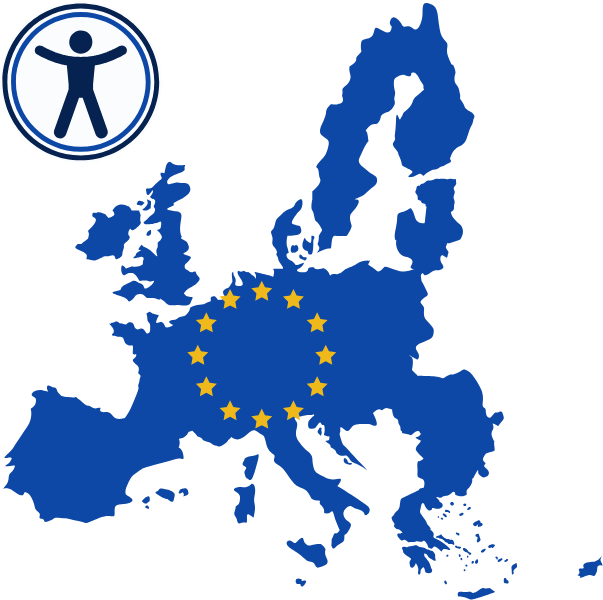
The EAA is an EU-wide directive that requires certain products and services to be accessible to people with disabilities. It aims to create a more inclusive digital market and remove accessibility barriers across Europe.
It applies to both physical and digital experiences, including:
- Websites and mobile apps
- E-commerce platforms
- Ticketing machines and ATMs
- E-books and e-readers
- Telecom and banking services
- Operating systems and computers
The EAA helps unify accessibility standards across member states, making it easier for businesses to operate across borders, innovate, and offer affordable, accessible products. While the EAA sets a common framework, each country enforces it through its own laws and requirements.
European Accessibility Act Overview
Who Needs to Comply?
If you do business in the EU—especially in the digital space—there’s a good chance the EAA applies to you. That includes:
EU-based companies
Non-EU companies selling to EU customers
B2B and B2C digital product providers
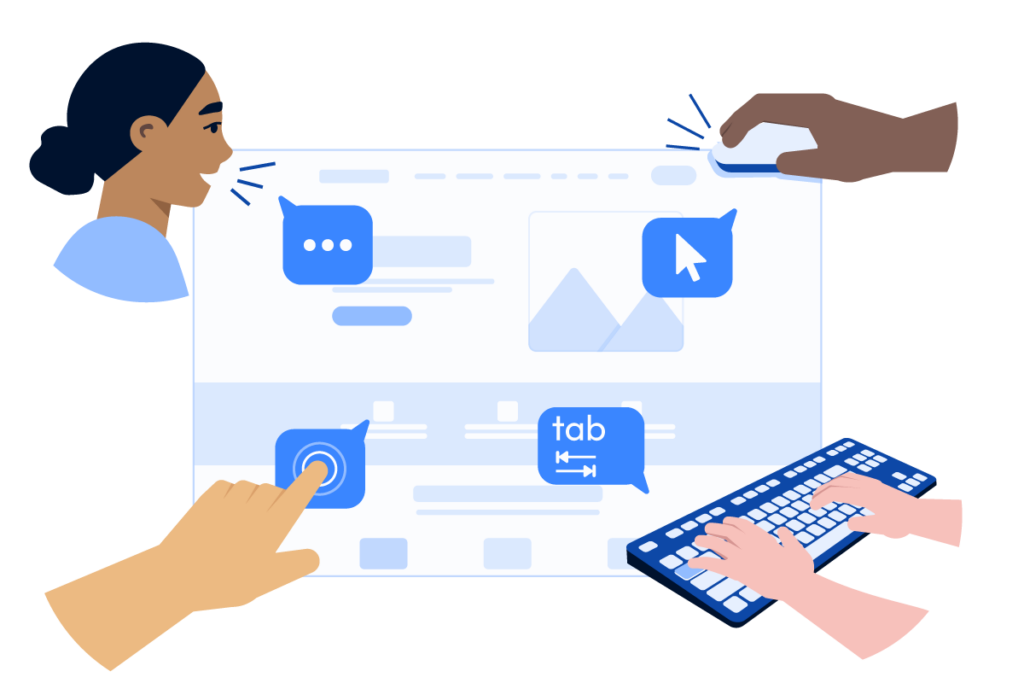
Why EAA Compliance Matters
Legal risk: Non-compliance can lead to penalties, legal action, or market exclusion.
Market access: EAA compliance opens doors to a broader EU audience, including over 100 million people with disabilities.
Brand trust: Accessible experiences show that your brand cares about inclusion and usability for everyone.

What You Need to Do
To meet EAA accessibility requirements, you’ll need to:
Audit your digital products (websites, apps, etc.)
Fix accessibility barriers based on WCAG guidelines or EN 301 549
Maintain ongoing accessibility practices
Document your accessibility efforts and be able to show progress over time
Meeting technical standards is important, but it’s not enough on its own. Compliance also means proving you’re actively working to make your products usable and inclusive.

Resources for EU Compliance
The EAA is a directive—not a specific standard—so each EU country sets its own rules and picks which standards to follow. Most are using EN 301 549, which references WCAG 2.1 AA and covers more than just websites (like PDFs and kiosks).
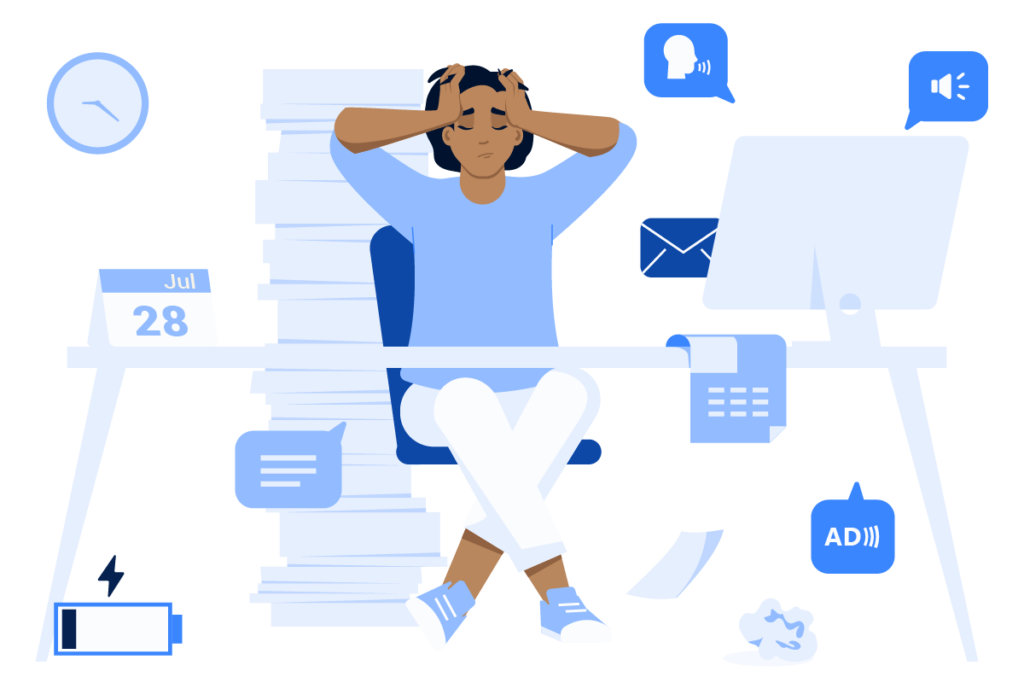
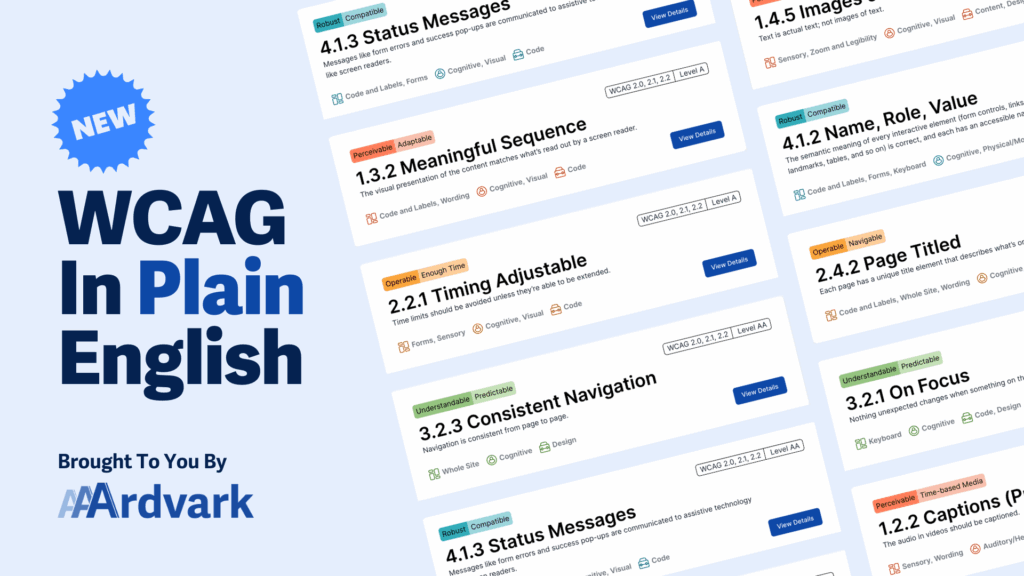
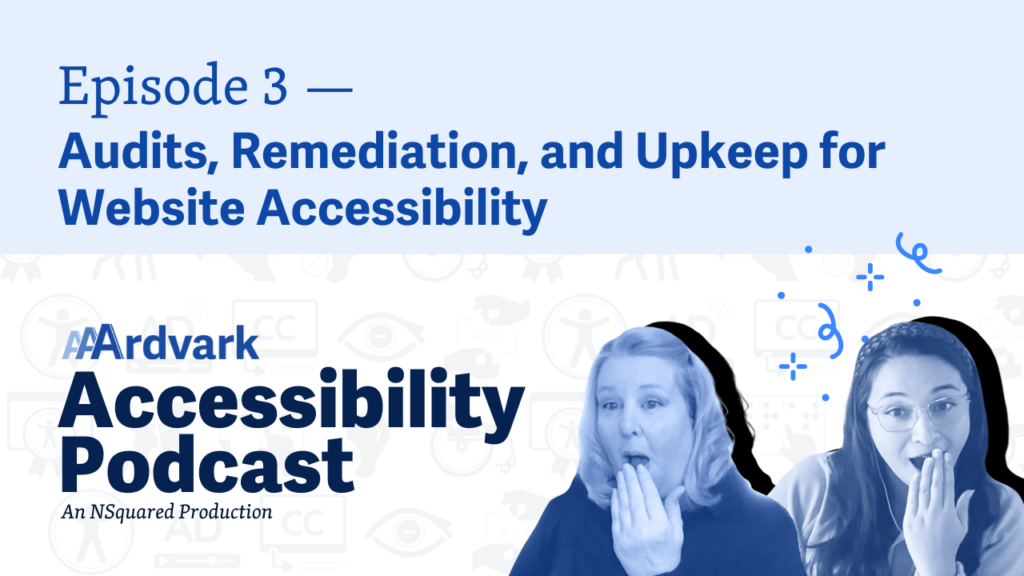
Frequently Asked Questions
-
When does the EAA go into effect?
The European Accessibility Act (EAA) was adopted in 2019, however a few key dates were established as deadlines:
June 28, 2022 – EU member states had to pass national laws implementing the EAA in their country.
June 28, 2025 – Those laws go into effect and all new products and services entering the EU market must be accessible from this date.
June 28, 2030 – Deadline for existing products and services who were on the market prior to June 28, 2025 to meet accessibility requirements.
-
What standards should we follow for EAA compliance?
While the EAA doesn't name a specific standard, most countries are adopting EN 301 549, which closely aligns with WCAG 2.1 AA.
Meeting this standard is a solid starting point—but it’s not enough on its own. The EAA also expects businesses to demonstrate ongoing efforts, such as usability testing with people with disabilities and continuous accessibility improvements.
-
Are there any exceptions to the EAA?
Yes. Microenterprises—businesses with fewer than 10 employees and under €2 million in annual turnover—are exempt from the EAA.
But if your business is growing, it’s smart to plan ahead. Hitting that 10-employee mark or exceeding the turnover threshold means the exemption no longer applies, and compliance becomes mandatory.
-
What are the penalties for non-compliance?
Penalties vary by country but must be “effective, proportionate, and dissuasive.” Fines or legal actions can result if your services don’t meet EAA requirements.
-
What does EAA compliance actually require?
You’ll need to make sure your products and services are accessible, clearly communicate their current level of accessibility, and publish that info in plain language.
Compliance isn’t just about meeting a technical standard—it also means having a plan for improvement, doing usability testing with people with disabilities, and continuously monitoring and updating your websites and apps to maintain accessibility over time.
Navigate EAA Compliance With Us
Whether you’re just getting started or need help with an accessibility audit, we’re here to guide you through the EAA compliance process.
Compliance isn’t instant, but we can give you the tools, guidance, and visibility you need to test, track, and improve accessibility so you can make steady progress and stay ahead of deadlines.
